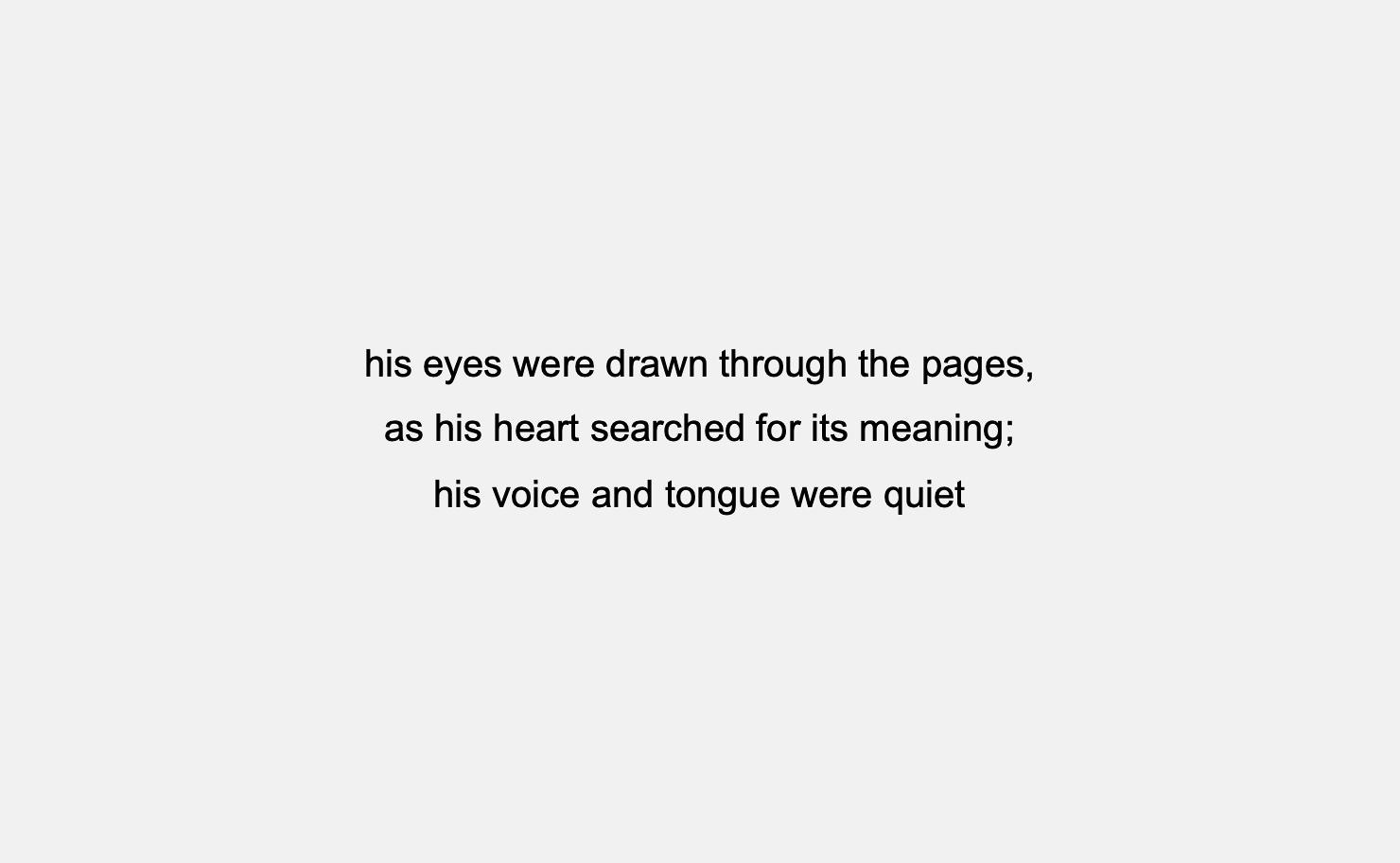Can you hear me? Literally, I mean. Is there a voice in your head, sounding out these words? Stop, if you can spare a moment, and reread this sentence. I did, and now I find myself whispering these words as I type them, a murmuring libretto over the tap of my fingers on the keyboard. I can’t remember ever having noticed this before.
Since the lockdowns began, I’ve filled my head with voices. Frequently they talk about art. They are delivered into my head via podcasts as I walk in the park; through the online symposia I stream on my laptop while cooking; in the pre-recorded commentaries that walk me through empty exhibition spaces; by the audiobooks that ease me into sleep. Now, as Novuyo Moyo reported here last week, it seems that even discussions about art on social media are taking an aural turn. That the future of criticism might be spoken is alarming for those who best express themselves in writing. Which is to say, from my own experience on podcasts and panels, pretty much every art critic in the world.
In another of the pieces we published last month, an interview with the artist Julie Béna, the idea was raised that the future of art criticism in a more pluralistic environment might be more dialogic than didactic, that it might consist of finding a form that allowed two different ways of reading the world to respond to each other. This might work against the writer’s tendency to shoehorn experience into linguistic categories or prefabricated theoretical systems, as well as allowing diverse cultural contexts or life experiences to inform the discussion of a single work or practice. The authority of the single-author text would be replaced by a new and more heterogenous form which might be suited, as my ever-growing library of podcast interviews suggests, to audio.
Yet as I contemplated joining a chatroom discussion led by a collector on the audio-chat networking app Clubhouse—research towards editing Moyo’s piece—it seemed to me that the written word might in some cases be a less rather than more tyrannical mode of address than spoken conversation (“to obey,” I learned this morning, derives from the Latin for “to listen”). The course of even apparently open discussions is often guided by the hidden relations of power between its participants, and a reader has greater control over the material presented to them than does a listener. Reading pulls words off the page and into an interior space in which they can be skipped or pored over in one’s own time, carefully decoded or half-dismissed, in which the reader can push and prod at the phrases, draw new conclusions from them, and make associations from memory to other things lived or read.
The process is less like receiving information than interpreting an idea, creating the possibility for new hybrids. Augustine found it strange that Saint Ambrose read silently, as if he did not want to share his thoughts. That the anecdote is told in the Confessions, which makes public every detail of the author’s life on the principle that God knows all anyway, might seem to reveal its author’s suspicion that private interpretation is inherently heterodox. If what you’re reading is respectable, why hide it? Why not share it on social media?
If you believe that public forums can enforce consensus as much as they encourage dissent, then the private nature of reading is part of its appeal. The nuance of text, which is to say its value, consists in the play between its status as public statement—to be nailed to the door, carried on a banner, handed out as a manifesto—and object of intensely personal contemplation. Art criticism is the at-once public and private record of a discussion between a work of art and its interpreter, shaped by the conditions in which it takes place and factors including the emotional temperaments and ideological principles of its interlocutors. The act of reading extends that conversation by internalizing it, introducing another stage at which the presented ideas and feelings can be assessed, felt, accepted, incorporated, or rejected. If I take solace in listening, then I find something closer to company in reading. Like looking at art, it demands your active engagement with the product of another consciousness, even when you haven’t seen a soul for days.
